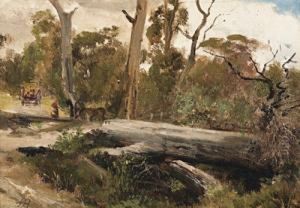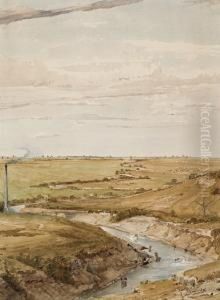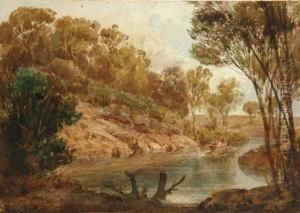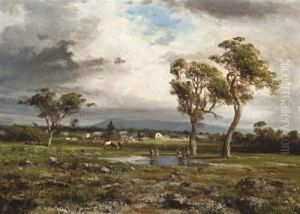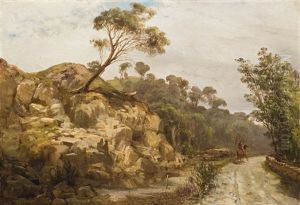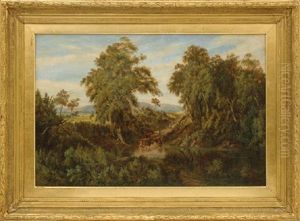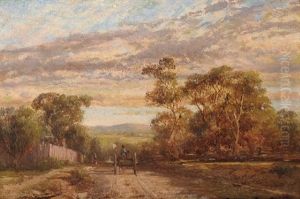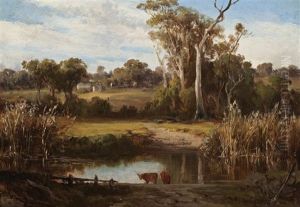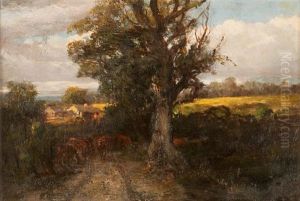Abraham Louis Buvelot Paintings
Abraham Louis Buvelot was a Swiss-born landscape painter who became a significant figure in the development of Australian landscape painting. Born on March 4, 1814, in Morges, Switzerland, Buvelot worked initially in Lausanne and Paris, before moving to Brazil in 1835 where he continued to work and teach as a photographer and painter. His early works in Brazil already showed his keen interest in natural landscapes.
In 1865, Buvelot moved to Australia, settling in Melbourne, a city that was experiencing significant growth and prosperity during the Victorian gold rush era. His influence on Australian art was profound, as he brought with him the European tradition of landscape painting, but he also adapted his style to capture the unique light and atmosphere of the Australian bush.
Buvelot's paintings often depicted the Australian landscape in a serene and idyllic manner, focusing on the everyday and the local rather than the dramatic and exotic. This approach resonated with the Australian public and artists alike. He played a key role in the development of the Heidelberg School, which was the first significant artistic movement of Australian impressionism. His works were characterized by their soft color palette, attention to detail, and the delicate portrayal of light, which helped to forge a new vision of the Australian landscape that was distinct from European traditions.
He exhibited his works at various exhibitions and was widely appreciated during his time. Some of his notable works include 'Summer Afternoon, Templestowe' and 'Waterpool near Coleraine, Sun Effect'. Buvelot continued to paint until his death on May 30, 1888, in Melbourne. His legacy lives on through his contributions to Australian art, and his works are held in high esteem and can be found in major galleries across Australia, including the National Gallery of Victoria and the Art Gallery of New South Wales.

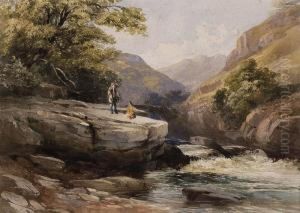










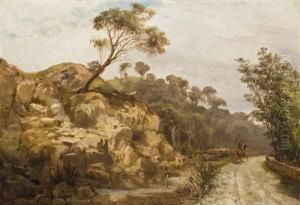





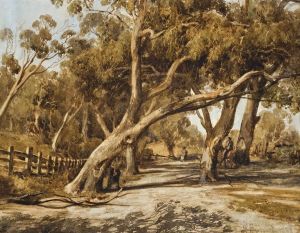


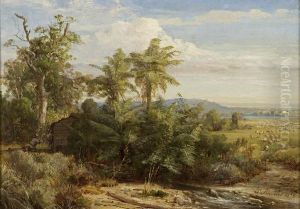









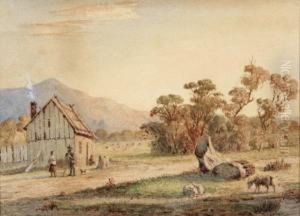


![Near Bacchusmarsh [sic]. Sunset On The Werribee](https://www.niceartgallery.com/imgs/1210208/s/abraham-louis-buvelot-near-bacchusmarsh-sic-sunset-on-the-werribee-1014e877.jpg)



